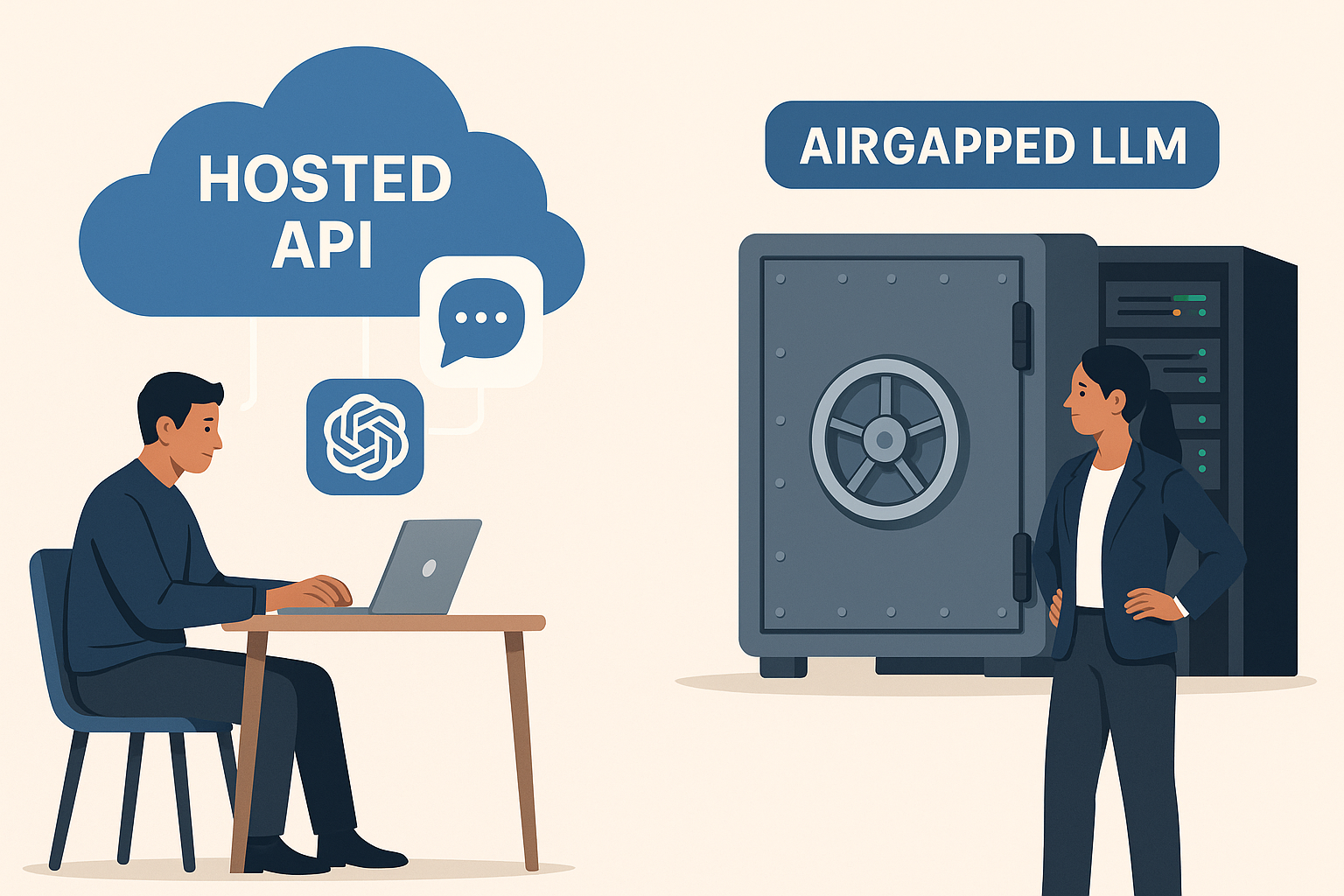In the defense and aerospace sectors, digital downtime isn’t just an inconvenience — it’s a risk. Whether you’re hosting investor portals, mission briefings, or internal collaboration tools, platform reliability must be engineered, not assumed.
So what does it really take to achieve 99.99% uptime in high-stakes environments?
Here’s a breakdown of the architecture, deployment strategies, and real-world tactics behind building zero-downtime platforms that meet defense-grade standards.
🧱 1. Resilient Architecture: Built to Withstand
At the core of a zero-downtime system lies redundancy — at every layer.
Load balancing ensures no single server is a point of failure
Containerized environments (via Docker, Kubernetes, etc.) allow microservices to fail gracefully and recover fast
Auto-scaling enables platforms to absorb traffic spikes without degradation
These aren’t “nice-to-haves.” In defense, they’re foundational.
🔄 2. Blue-Green & Canary Deployments: Safer Updates
How do you release new features or patches without risking outages?
Modern deployment strategies like:
Blue-Green Deployment (running two identical environments and switching traffic seamlessly)
Canary Releases (rolling out changes to a small user group first)
These let defense teams update systems — even in live production — without user impact. No late-night deploys. No last-minute rollbacks. Just quiet confidence.
🔐 3. Security That Doesn’t Stall Performance
Defense platforms face unique constraints: high security demands, low tolerance for lag.
That’s why modern zero-downtime systems use:
Locally hosted WAFs and firewalls to inspect traffic without round-trips
Zero Trust models that authenticate users without locking down productivity
Real-time intrusion monitoring that doesn’t drain resources
You don’t have to choose between security and speed — if your stack is designed right.
📊 4. Observability & Incident Response
What you can’t see, you can’t fix.
Defense teams require:
Real-time monitoring of system health
Automated alerts tied to performance thresholds
Incident dashboards for rapid triage and rollback
It’s not about avoiding problems. It’s about solving them faster than they escalate.
🔧 5. What NetRay Delivers in Practice
When teams like Curtiss-Wright came to us, they weren’t just asking for a website refresh. They needed:
24/7 availability across global time zones
Mission-ready content deployment without downtime
Secure content delivery networks (CDNs) compliant with ITAR, CMMC, and FAA standards
Built-in redundancy for compliance-sensitive publishing
We helped migrate legacy systems into a centralized Drupal-based CMS with real-time publishing via Business Wire and SEC feeds — all without disruption.
⚙️ “No more 2 a.m. deploys. No more missed updates. Just systems that run like they’re supposed to — always.”
🚀 The Real Cost of Downtime in Defense
Every minute a platform is down, teams are delayed, decisions are stalled, and risks go up.
That’s why we build for:
Zero disruptions
Zero manual dependencies
Zero gaps in control
Because in defense and aerospace, uptime isn’t just a metric. It’s a mission requirement.
Ready to Modernize — Without Risk?
At NetRay, we specialize in building digital platforms that are secure, stable, and engineered for the realities of defense operations.
Whether you’re overhauling a legacy system or designing a new one from scratch, we help ensure you never miss a beat — or a launch window.
Let’s talk about building your next system the right way.
#ZeroDowntime #DefenseTech #MissionReadySystems #UptimeMatters #NetRay #SecureDeployment #AerospaceInnovation



